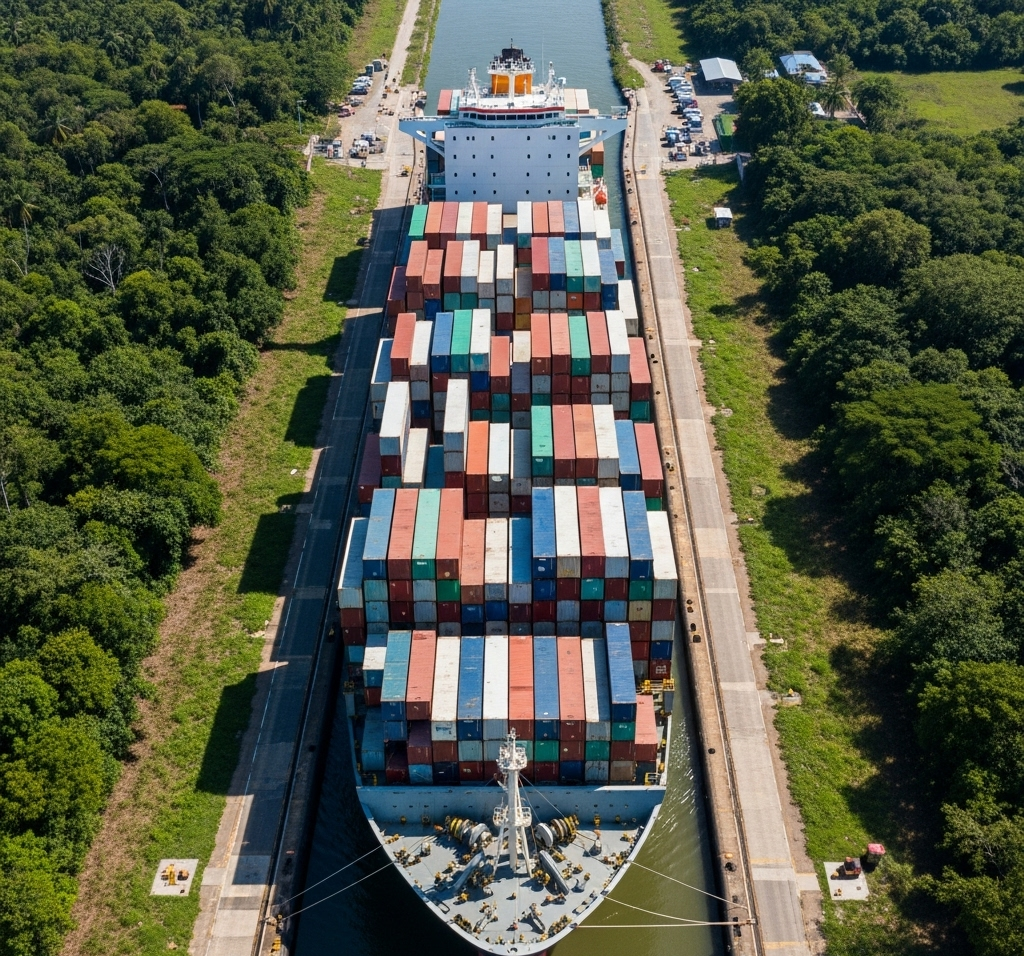
In today’s interconnected global economy, supply chains are more complex and vulnerable than ever. From natural disasters to geopolitical tensions, disruptions can ripple across industries, causing delays, cost overruns, and reputational damage. The digital era, however, offers powerful tools to monitor and mitigate these risks. By leveraging advanced technologies, businesses can enhance their resilience and maintain operational continuity. This blog post explores the importance of risk management in supply chains and highlights key digital tools that help monitor and address disruptions effectively.
Supply chains face an array of risks, including:
Geopolitical Instability: Trade wars, sanctions, or political unrest can disrupt the flow of goods.
Natural Disasters: Events like hurricanes, earthquakes, or floods can halt production or logistics.
Cyber Threats: Cyberattacks on supply chain systems can compromise data and operations.
Economic Fluctuations: Currency volatility or inflation can impact sourcing and pricing.
Pandemics and Health Crises: Global events like COVID-19 exposed vulnerabilities in just-in-time supply chains.
Traditional risk management approaches often rely on manual processes and reactive strategies, which are inadequate for today’s fast-paced, globalized markets. Digital tools provide real-time visibility, predictive insights, and proactive solutions, enabling businesses to stay ahead of potential disruptions.
The digital era has ushered in a suite of innovative tools that empower organizations to monitor and manage supply chain risks effectively. Here are some of the most impactful:
Visibility platforms aggregate data from suppliers, logistics providers, and other stakeholders to provide a real-time view of the supply chain. These tools track shipments, monitor inventory levels, and identify bottlenecks.
Examples: Lasso procure-to-pay and supplier management software.
Benefits: Real-time tracking, end-to-end transparency, and early detection of disruptions.
Use Case: A retailer can use visibility platforms to monitor delays in shipments caused by port congestion and reroute goods to avoid stockouts.
AI and ML analyze vast datasets to predict potential disruptions and recommend mitigation strategies. These tools can identify patterns in historical data and external factors like weather or market trends.
Examples: Kinaxis RapidResponse, Coupa Supply Chain Design & Planning, and C3.ai.
Benefits: Predictive analytics, demand forecasting, and scenario planning.
Use Case: An automotive manufacturer can use AI to predict supplier delays due to raw material shortages and adjust production schedules accordingly.
IoT devices, such as sensors and GPS trackers, provide real-time data on the condition and location of goods in transit. They monitor factors like temperature, humidity, or shock to ensure product integrity.
Examples: Tive, Roambee, and FourKites.
Benefits: Real-time monitoring, improved traceability, and quality assurance.
Use Case: A pharmaceutical company can use IoT sensors to monitor temperature-sensitive vaccines during transport, ensuring compliance with regulatory standards.
Blockchain creates secure, transparent ledgers for supply chain transactions, reducing fraud and improving trust among partners. It ensures data integrity and traceability across the supply chain.
Examples: TradeLens, VeChain, and IBM Food Trust.
Benefits: Enhanced security, immutable records, and streamlined documentation.
Use Case: A food distributor can use blockchain to trace the origin of contaminated products, enabling faster recalls and reducing health risks.
These tools simulate potential disruptions and their impact on the supply chain, allowing businesses to prepare contingency plans. They combine internal data with external risk indicators, such as weather forecasts or geopolitical events.
Examples: Resilinc, Riskmethods, and Everstream Analytics.
Benefits: Proactive risk identification, stress testing, and mitigation planning.
Use Case: A logistics company can simulate the impact of a port strike and develop alternative routing plans to minimize delays.
Cloud platforms enable seamless communication and data sharing among supply chain partners. They centralize information, ensuring all stakeholders have access to the same data.
Examples: Lasso analytics & supply chain reporting modules.
Benefits: Improved collaboration, real-time updates, and scalability.
Use Case: A global manufacturer can use a cloud platform to coordinate with suppliers across different regions, ensuring alignment during a disruption.
To maximize the benefits of these tools, businesses should adopt the following best practices:
Integrate Data Sources: Ensure tools can pull data from diverse sources, including suppliers, logistics providers, and external databases, for a holistic view of the supply chain.
Prioritize Scalability: Choose tools that can scale with business growth and adapt to evolving risks.
Invest in Training: Equip teams with the skills to use digital tools effectively and interpret their insights.
Foster Collaboration: Encourage open communication with supply chain partners to ensure data accuracy and trust.
Monitor Continuously: Use real-time dashboards and alerts to stay proactive rather than reactive.
As technology evolves, so will the tools for managing supply chain risks. Emerging trends include:
Digital Twins: Virtual replicas of supply chains that allow for real-time monitoring and simulation.
Advanced Predictive Analytics: AI models that incorporate unstructured data, such as social media or news, for better forecasting.
Sustainability Monitoring: Tools that track environmental risks and ensure compliance with regulations.
Autonomous Supply Chains: AI-driven systems that self-correct and optimize operations with minimal human intervention.
In the digital era, managing supply chain risks requires a shift from reactive to proactive strategies. By leveraging tools like visibility platforms, AI, IoT, blockchain, and risk analytics, businesses can gain real-time insights, predict disruptions, and respond swiftly. These technologies not only enhance resilience but also drive efficiency and competitiveness. As supply chains continue to evolve, embracing digital tools will be critical for staying ahead in an unpredictable world.
© 2025 Lasso Supply Chain Software LLC
Get instant access to our report on the Top Procurement Trends of 2025 by filling out the form below.

Get instant access to our report on the Top Procurement Trends of 2025.